Search the whole station Crushing Equipment
Setting up an aggregate crushing plant needs careful planning. The right equipment is very important. These machines turn big rocks into small stones. These small stones are called aggregate. Construction needs aggregate. Building roads and buildings needs aggregate. Choosing the right machines helps make good product. It also helps you make money. This article will help you understand what machines you need. It will guide you in planning your own .
Last Updated: March 2025 | Estimated Reading Time: 15 Minutes
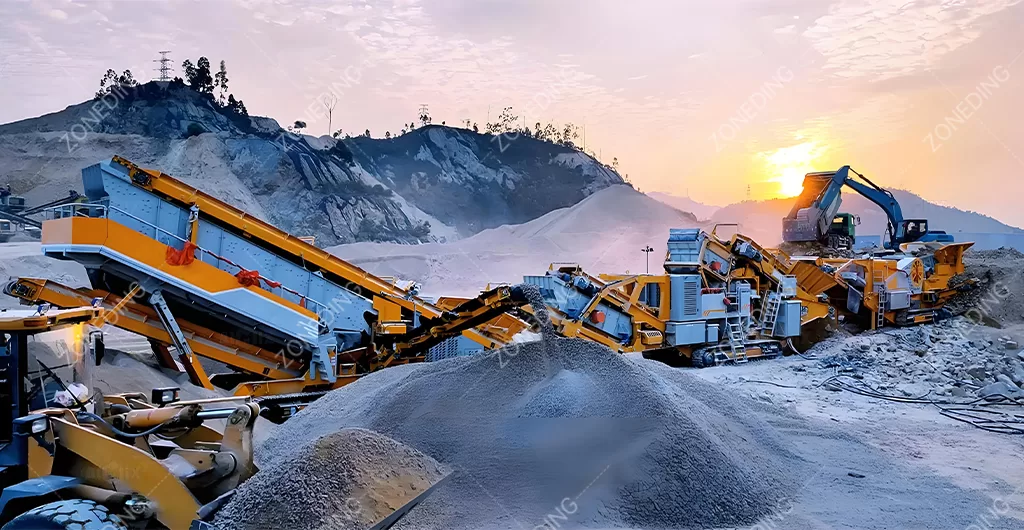
An aggregate crushing plant is a full system. It has several main parts. Each part does a specific job. Raw rocks go in one end. Finished aggregate comes out the other end. Machines break the rock. They separate rock by size. Crushing and screening equipment is the most important part of the plant. These machines do the main work.
The main machines include a feeder. It takes the raw rocks. It sends them to the first crusher. A primary crusher breaks big rocks into smaller pieces. Secondary or tertiary crushers break the rocks even smaller. Screens separate the crushed rock by size. Conveyors move rock between different machines. A machine can make fine sand. A sand washer can clean the sand.
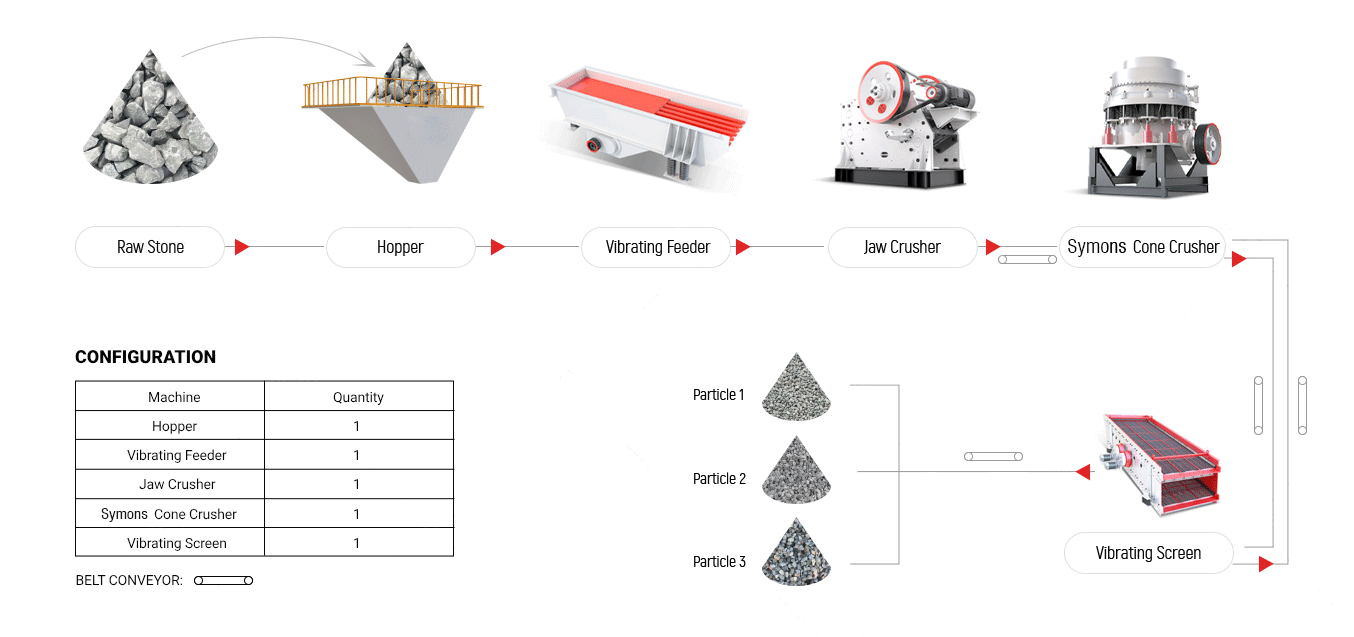
A basic plant starts with a feeder. Then there is a primary crusher. Conveyors take the rock to a screen. The screen separates different sizes of rock. Big rock goes back to another crusher. The right size rock goes to a stockpile. If you need more product, you add more machines. All the machines must work well together. The rock coming out of one machine must be the right size for the next machine to take in. ZONEDING offers all these types of Crushing Equipment.
The machines in the plant are a team. Each machine does its job. The feeder starts the work. The primary crusher breaks rock. Conveyors move rock. Screens separate sizes. Other crushers break smaller. Sand makers make sand. Sand washers clean sand. All the machines must be the right size. The flow of rock must be smooth. If one machine is too small, the whole plant slows down. ZONEDING helps customers choose machines that fit together. This is part of designing the aggregate production process.
Crushed aggregate is used in many places. It is a main part of building and infrastructure. Think about roads, buildings, and bridges. They all use aggregate. Aggregate is the backbone of modern construction. It provides strength and stability.
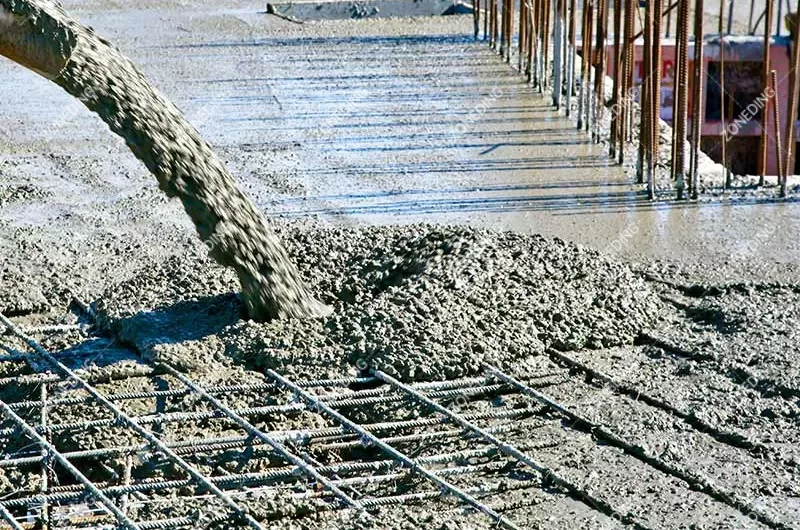
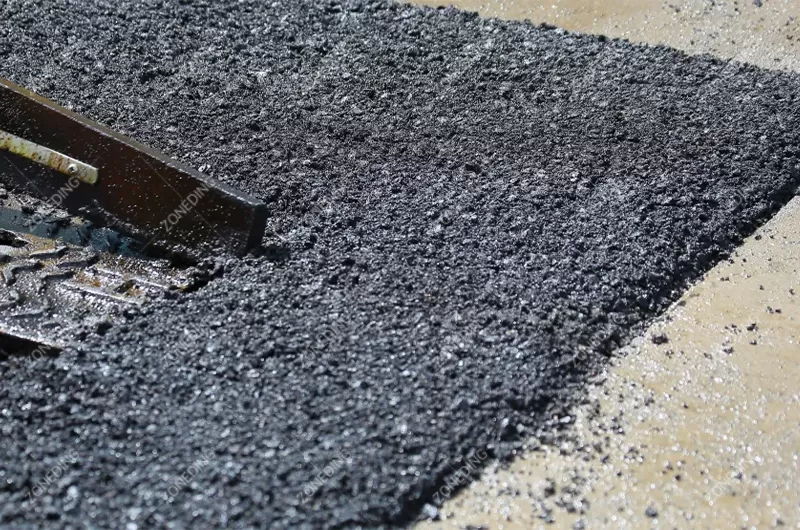
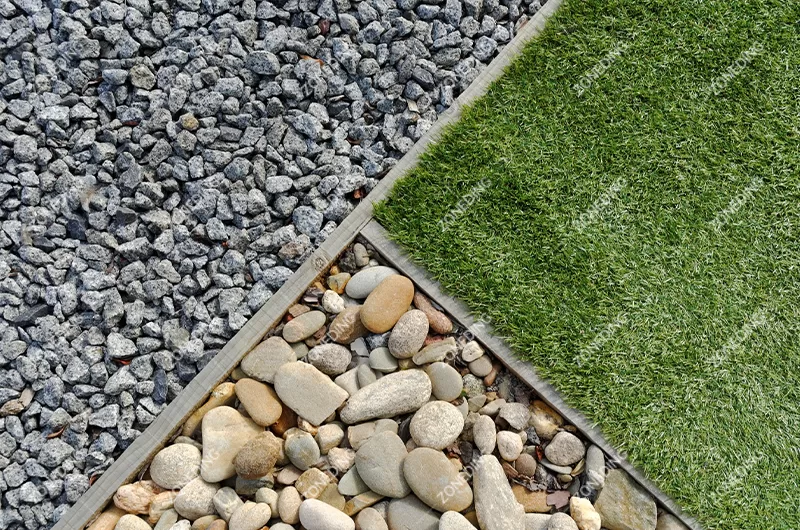
Good quality aggregate makes strong, durable structures. If the aggregate is poor, the building or road will not last long. A Sand Production Line makes the fine aggregate needed for many uses like concrete.
Different construction jobs need different sizes of aggregate. For example, the base layer of a road uses larger crushed stone. The top layer of asphalt uses smaller aggregate and sand. Concrete needs a mix of sizes for strength and fill. Railway ballast uses specific large, angular stone for stability. Using the right size aggregate is key for good construction. Screening machines make sure the sizes are correct.
| Aggregate Size Range | Common Applications | What it is used for |
|---|---|---|
| Large (e.g., 50-100mm) | Road Base, Railway Ballast | Provides strong, stable foundation |
| Medium (e.g., 20-40mm) | Concrete Mix, Drainage Systems, Driveways | Fills volume, allows water flow |
| Small (e.g., 5-20mm) | Concrete Mix, Asphalt Mix, Pathways | Fills gaps, adds structure and stability |
| Fine (Sand, <5mm) | Concrete Mix, Asphalt Mix, Mortar, Plaster | Fills small spaces, adds workability |
Use: A major highway project needed aggregate for its base layer. They used large, crushed basalt. Basalt is very hard. The large size and hardness gave the road a strong, long-lasting foundation. This prevents the road surface from cracking too soon. This shows how the right aggregate makes a big difference.
The type of rock is very important. Rocks are not the same. Some rocks are very hard. Some rocks are soft. Some rocks wear out machines fast. Some rocks have mud or dirt. The machines in the plant must match the raw material. Using the wrong machines causes problems. Costs go up. Product quality goes down. Machines break down fast. Knowing the rock type is key to choosing the right machines.
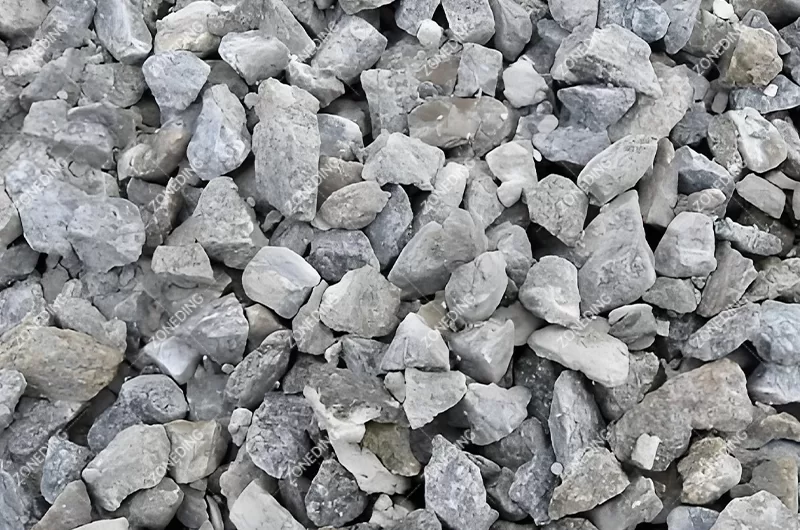
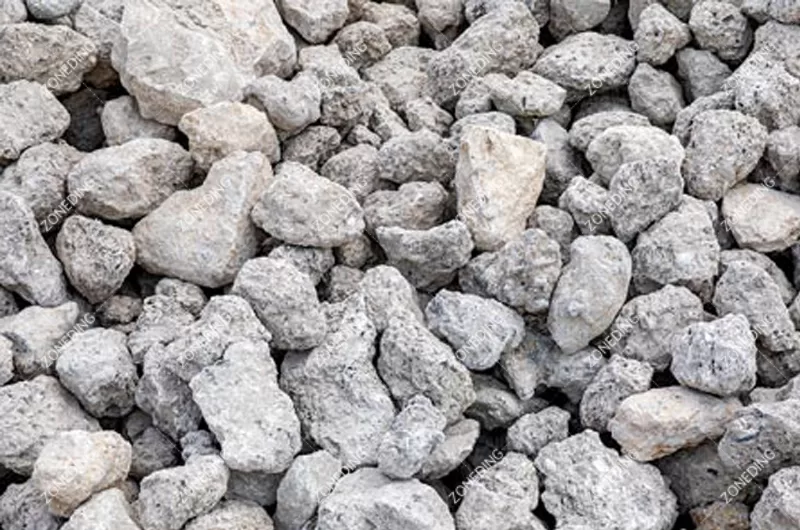
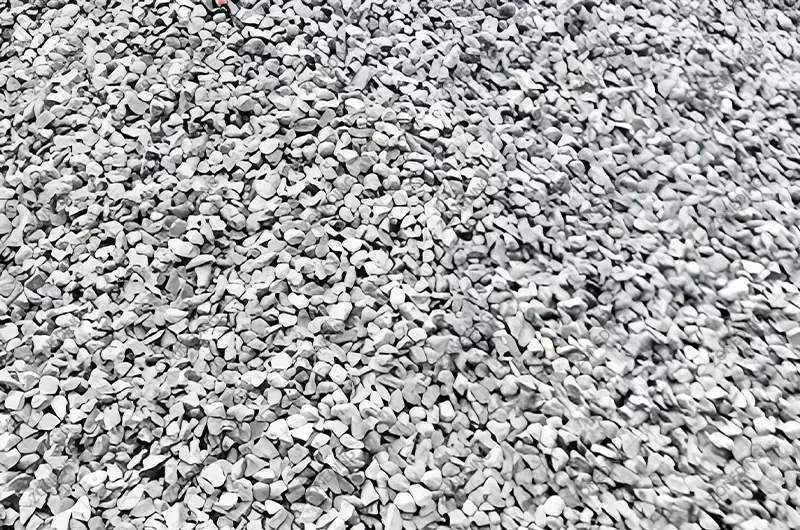
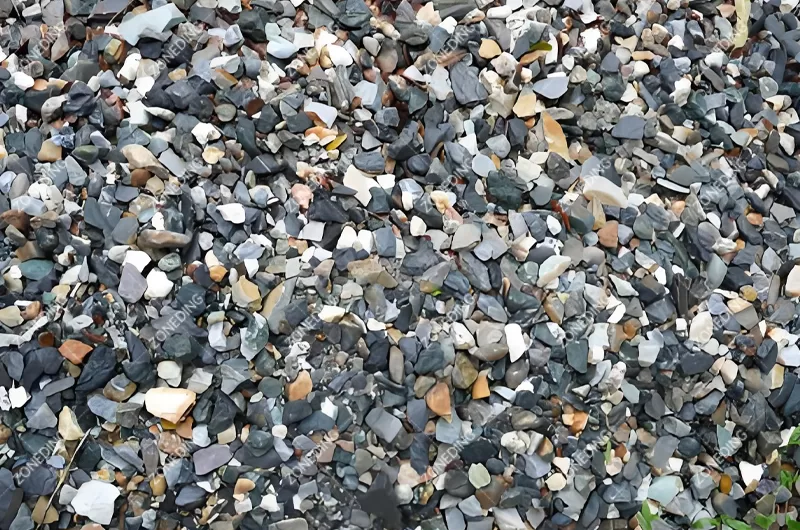
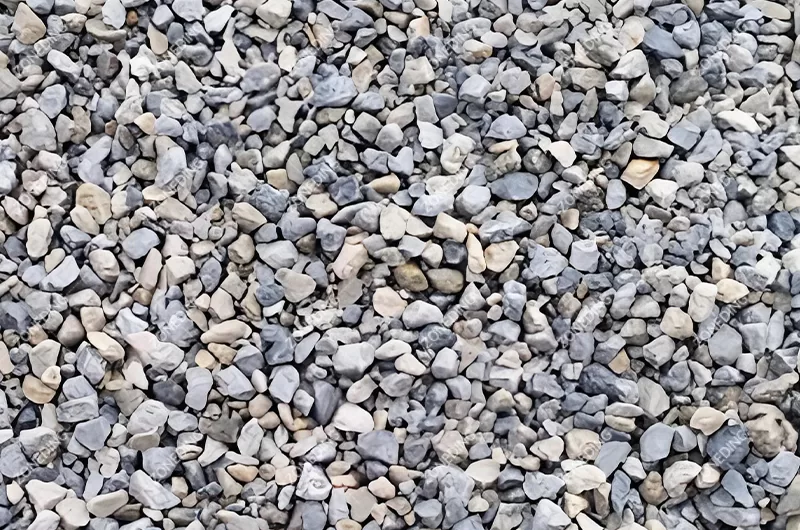
Here is how raw material affects equipment choice:
| Raw Material Feature | Examples | Impact on Processing | Equipment Choice |
|---|---|---|---|
| Hardness | Granite, Basalt | Hard rocks are harder to break. They cause more wear. | Need strong crushers like a Jaw Crusher for primary and a Cone Crusher for secondary. |
| Softness | Limestone, Sandstone | Soft rocks are easier to break. Less wear. | Impact Crusher works well and can make good shape. |
| Abrasiveness | Granite, Quartz-rich rocks | Rocks that wear parts out fast. | Machine parts need to be made of very strong materials. Cone Crushers wear parts can cost less than other crushers in abrasive rock. |
| Clay/Dirt Content | River gravel, Weathered rock | Clay makes rock sticky. It can clog machines. It makes product dirty. | Need to add washing early. Add a Sand Washing Machine. |
| Weathering | Weathered rock | Breaks easily but makes too much fine dust. | Control crushing stages carefully. Avoid over-grinding. |
For hard and abrasive rocks like granite, use a Jaw Crusher for primary crushing. It is strong. Then use a Cone Crusher for secondary and tertiary crushing. They handle hard rock well. Their wear parts last longer. For soft rocks like limestone, a Jaw Crusher can do the first stage. Then you can use an Impact Crusher or Hammer Crusher. An Impact Crusher can make cube-shaped aggregate. If the rock has mud, you need to wash it. A Sand Washing Machine takes out mud. This prevents clogging. Matching equipment to rock type saves money. It makes the plant run better. ZONEDING engineers can test rock samples. They recommend the right aggregate equipment configuration for your material.
Knowing the rock type is like having a map. Hard rocks need a lot of force. Abrasive rocks need tough parts. Sticky rocks need washing. The rock’s features tell you which crushers, feeders, screens, and sand washers to choose. This is the first step to building the right machine setup. High clay content means you need washing equipment. Ignoring this leads to clogs and bad product quality.
Making different sizes of aggregate needs several steps. This is multi-stage crushing and screening. It breaks the rock down slowly. It separates the rock in different places. This process makes sure the final product is the right size and shape. It controls the amount of fine dust made. A well-designed multi-stage process can make many sizes of aggregate.
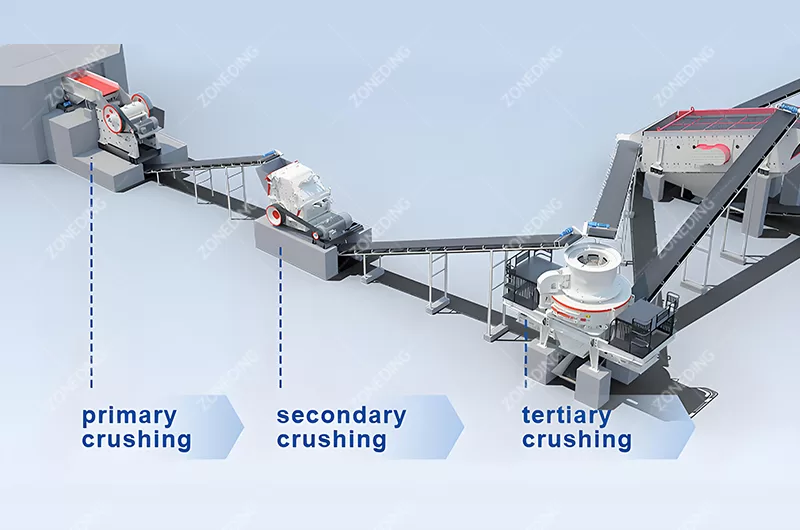
A typical multi-stage process goes like this:
This process uses a “closed circuit”. Rock that is too big after crushing or screening goes back to the crusher to be broken again. This makes sure the rock is crushed to the needed size. For example, rock coming out of the secondary crusher goes to a screen. Rock that is too big goes back to the secondary crusher. This makes it efficient. Using different crushers in order helps break the rock well. It also helps control the shape. ZONEDING designs these Crushing and Screening Flowcharts based on rock type and size needs.
The order of machines matters a lot. Crushing in steps is better for the machines. Screening in the middle removes rock that is already small enough. This saves power. It reduces wear on the crushers. Using a closed circuit with screens helps control the final size. It makes sure rock is crushed until it passes the screen. This is key to designing the flow. It also helps control fine dust.
Plants come in two types: stationary and mobile. A Stationary Crushing Plant stays in one place. A Mobile Crusher Plant can move. Which one you choose depends on your project. Each type has good points and bad points. Choose the type that fits your work best. Where the rock is and how long the job lasts affects this choice.
Here is a comparison:
| Feature | Stationary Plant | Mobile Plant | When to Choose |
|---|---|---|---|
| Location | Stays in one place for many years. | Can move between different places. Mounted on wheels or tracks. | Stationary: For large, long-term projects where rock is near the plant. |
| Cost | Higher cost to build at first. Lower cost to run per ton over time. | Lower cost to buy at first. Often higher cost to run per ton in the long term. | Mobile: For short-term jobs. For projects that move to different places. |
| Capacity | Can be very large. Handles huge amounts of rock. | Capacity is usually smaller. Can use multiple units together for more capacity. | Stationary: When you need high output. |
| Flexibility | Not easy to move. | Easy to move. | Mobile: When the place you crush rock changes often (quarry, construction site). |
| Setup Time | Takes a long time to build. | Faster to set up. | Mobile: When you need to start work quickly. |
| Product Range | Can easily make many different products. | May have limited product types from one unit. | Stationary: When you always need many aggregate sizes. |
A Stationary Crushing Plant is good for a big quarry. The quarry has rock for many years. The stationary plant can be very large. It handles a lot of rock. This makes the cost per ton very low over time. It is like building a factory. A Mobile Crusher Plant is good for a construction site. Building a road might need crushing rock by the road. The Mobile Crusher Plant can move with the job. It crushes rock near the stone. This saves money on hauling rock. A mobile unit crushes the rock. A mobile screen separates the sizes. Choosing stationary or mobile depends on the project. A long-term project fits a stationary plant. Many short-term projects fit a Mobile Crushing and Screening Plant. ZONEDING offers both.
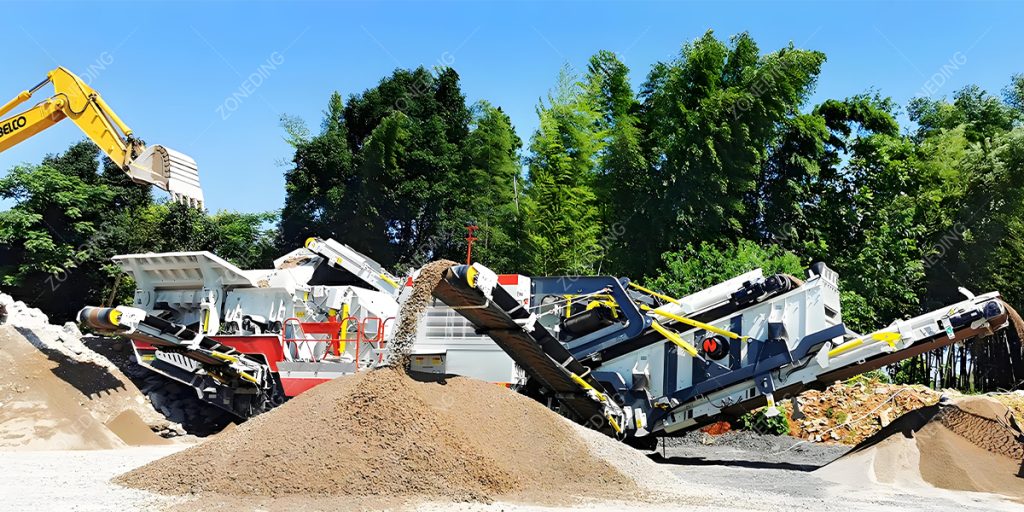
The biggest difference is staying in one place or moving. A Stationary Crushing Plant is good for big, steady work in one spot. A Mobile Crusher Plant is good for taking the work to the rock. This saves on hauling cost. It fits jobs where the location changes often. Think about how long the job lasts. Think about if the rock needs to be hauled far. This guides your choice for your Sand and Gravel Aggregate Equipment.
Building and running a plant costs money. You need money to start (investment). You need money to keep it running (operating cost). You must think about both. Total cost affects how much profit you make. Costs change a lot depending on the plant size and rock type. This is part of Aggregate Plant Investment.
Initial Investment Costs:
Operating Costs:
A Stationary Crushing Plant has higher initial cost. It is a permanent building. A Mobile Crusher Plant may have lower initial cost. It is like buying vehicles. Over time, a Stationary Crushing Plant usually has lower operating cost per ton. They use less power for steady work. Wear part costs can be high when crushing hard rock. You must plan for these costs. Look at the money to buy machines and the money to run them. A cheap machine might cost more to run. ZONEDING gives detailed info on power use and wear parts. This helps estimate costs for a Sand Production Line.
The money needed to start is clear. The money needed every day adds up. Think about power cost, new parts, worker pay. These are big operating costs. A plant with machines picked right for the stone will have lower running costs. It will make more money. ZONEDING helps customers see the total cost. This helps make a smart Aggregate Plant Investment.
Machines wear out when they crush rock. Rock is hard. It scrapes metal. Wear costs money. Parts need fixing or replacing. Reducing wear saves money. The plant can run longer. Less stopping means more aggregate produced. Reducing wear lowers operating costs and increases running time.
Ways to reduce equipment wear:
Choosing the right crushers for the rock is the first step. For hard rock, a Jaw Crusher then a Cone Crusher is common. An Impact Crusher might be better for soft rock. Feeding the machines correctly is important. A Vibrating Feeder gives a steady flow. Running a Cone Crusher full of rock makes rock break against rock. This reduces metal wear. Checking and fixing things early saves money. Waiting until something breaks costs more. Using good parts is worth it. ZONEDING provides help with maintenance and offers wear parts for Crushing Equipment.
Maintenance is about taking care of the machine before it breaks. It is like changing the oil in your car. Checks can find small problems early. Fixing small problems stops big problems from happening. This saves money. It prevents the plant from stopping suddenly. A plant that is well maintained has less wear. It runs for more hours. The operating cost is lower too. This makes the Sand Production Line make more money.
Plants make dust and noise. These can be bad for the environment. They affect people nearby. Governments have rules. Plants must follow the rules. Controlling dust and noise is important for being a good neighbor. It helps get and keep the permit to run. Environmental control is a needed part of a modern plant.

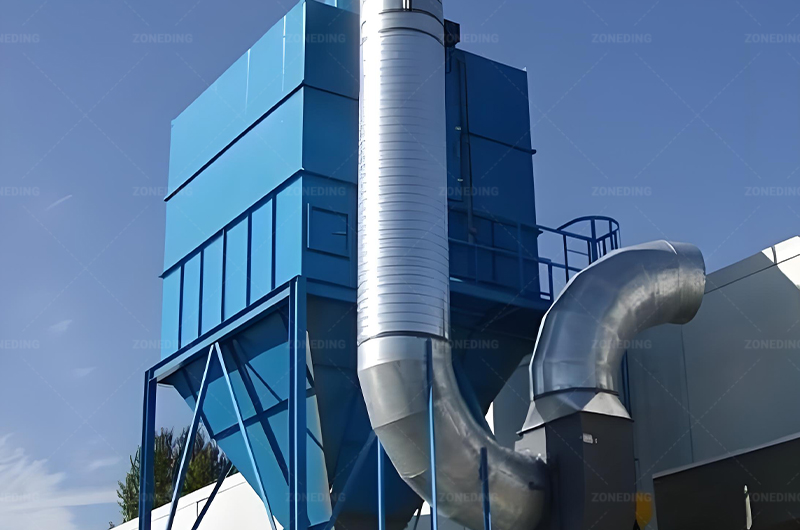
Steps to control dust:
Steps to control noise:
Dealing with water from washing aggregate is also important. Water from washing has mud and dirt. It must be cleaned. A thickener helps solids settle. The water can be used again. This saves water. It reduces dirty water that needs to be stored. Environmental planning needs to happen from the start. It costs less to build dust and noise control into the design. It makes the plant safe for workers and the environment. This is part of being an Environmental Crushing business. ZONEDING machines have connections ready for dust control equipment.
Making the plant run best means making the most aggregate for the lowest cost. This is optimizing the process. It makes sure machines work smoothly together. It avoids stopping. A plant that is optimized makes more product. It makes more money. Optimizing the process makes every step work perfectly.
Ways to optimize the process:
Using a Vibrating Feeder with automation keeps the crusher working at its best. It avoids feeding too much or too little. Adjusting crushers and screens based on the stone helps crush and screen better. Sending oversize rock back to the crusher again ensures all rock is broken to the right size. Optimization is ongoing. It is not a one-time job. The plant should always look for small ways to be better. Small improvements can add up to much more output. They lower costs. ZONEDING helps customers design and tune processes. This optimizes the aggregate equipment configuration.
The shape of aggregate is important. Shapes like cubes are better than long, flat stones. Cubical aggregate packs together tighter. This makes concrete and asphalt stronger. Buyers will pay more for cubical aggregate. Good shape increases market value. The type of crusher and how it runs affects the shape.
How to get good shape (cubical shape):
Impact Crushers, especially VSI types like the Sand Making Machine, are excellent for improving shape. They break rock by hitting it fast. This breaks off flat faces. Using these crushers in the final stages helps improve the shape of small aggregate. Small aggregate is important for concrete and asphalt. Using an Impact Crusher or Sand Making Machine after a Cone Crusher can increase shape. Investing in the right final stage crusher is worth it. Good shape sells for a higher price. ZONEDING provides machines that can make good cubical shapes.
Aggregate crushing is getting better. New machines are more efficient. They use less power. They wear out slower. Automation is more common. Plants run more with less human watching. Fewer people are needed to see the machines. The plant reacts faster to changes in the rock. New technology helps plants work better and cost less.
Latest developments at a glance:
The market wants higher quality aggregate. Better shape and size. Plants improve screens. They use Impact Crushers or Sand Making Machines at the end. Focus is on using less water and power. Environmental rules are stricter. This means better dust and noise control is needed. ZONEDING uses the latest technology in its machines.
Question 1: What is the best crusher for hard rock like granite?
A Jaw Crusher is best for primary crushing. For later stages, a Cone Crusher is recommended for hard, abrasive rock.
Question 2: How can I make good shape sand?
Use a Sand Making Machine (VSI crusher) in the final stage of the process. This machine makes cubical sand particles.
Question 3: Is a mobile crushing plant cheaper than a stationary one?
A Mobile Crusher Plant may have lower initial cost. But over many years of running, the operating cost per ton might be higher than a large stationary plant. Total cost depends on the project time and location.
Question 4: How often do crusher wear parts need changing?
This depends on the rock type (hardness, abrasiveness), how much rock is processed, and the machine model. Hard rock wears parts faster. You need to check wear regularly.
Question 5: Can a crushing plant handle rock with a lot of mud?
Yes, but it needs washing early. Machines like a Sand Washing Machine will wash the mud off the rock before crushing. This prevents clogging.
Building an aggregate crushing plant needs careful choices. The main machines are feeders, crushers, screens, conveyors. Rock type decides the best machine setup. Hard rock needs strong crushers like Jaw Crushers and Cone Crushers. Soft rock might use Impact Crushers. Multi-stage crushing makes different sizes of aggregate. A Stationary Crushing Plant is for long-term work in one place. A Mobile Crusher Plant moves to different spots. Consider both the money to buy and the money to run. Choose the right machines and do maintenance to reduce wear. Use water sprays, covering, and enclosures to control dust and noise to meet rules. Optimize the process by balancing the line and adjusting machines. Use a Sand Making Machine at the end for good shape. Crushed aggregate is vital for construction, like roads and buildings. Different jobs need different aggregate sizes and quality. A successful plant understands its rock, picks the right machines, runs them well, and cares about the environment.
ZONEDING makes the machines needed for an aggregate production line. We offer all kinds of Crushing and Screening Equipment. This includes crushers, screens, feeders, sand makers, sand washers. We have options for stationary and mobile plants. ZONEDING helps customers design the right plant flow. We give equipment suggestions based on raw material and product needed. We also provide help with setup and maintenance.
If you are planning an aggregate crusher plant, contact ZONEDING. Tell us about your rock and what size aggregate you need. We can help you find the right solution.
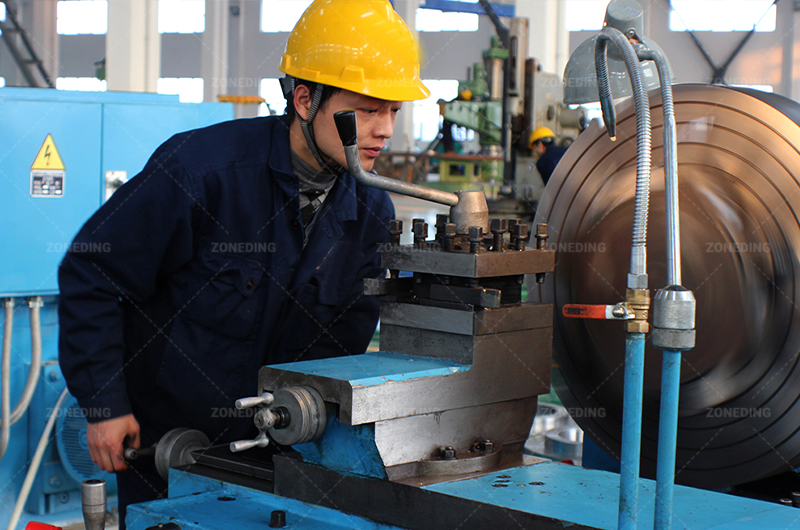
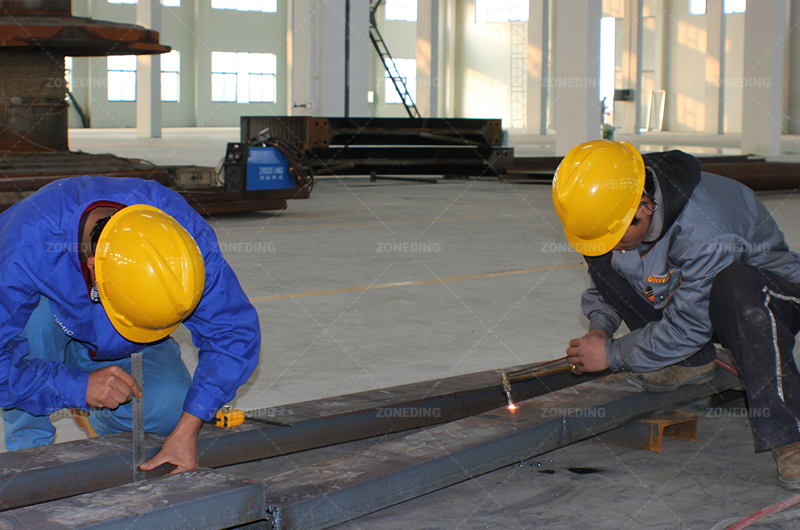
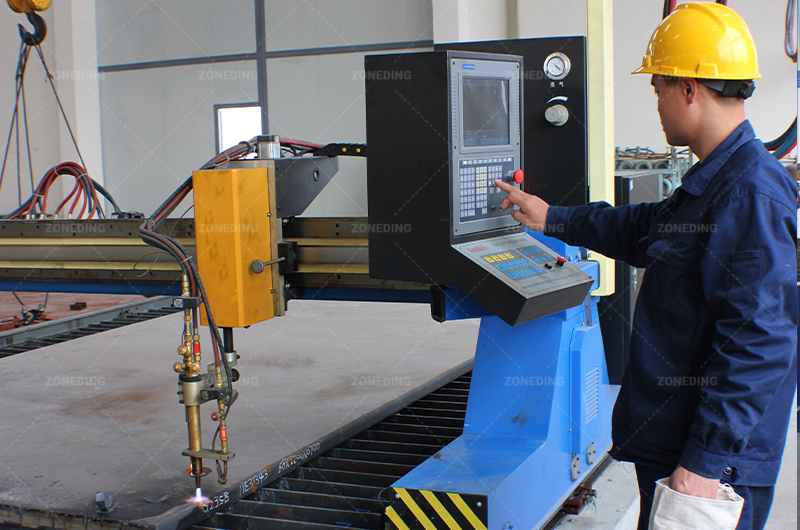
Last Updated: March 2025
We use cookies to ensure that we give you the best experience on our website. If you continue to use this site we will assume that you are happy with it.
Privacy Policy